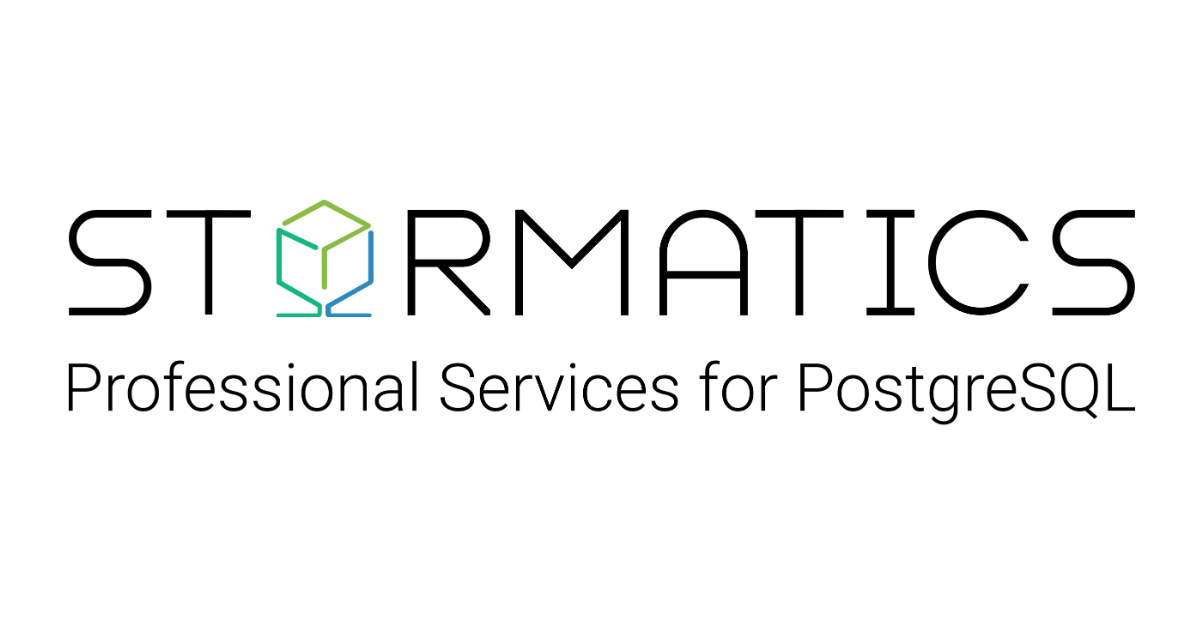In today’s world, where businesses heavily rely on data for their day-to-day operations, data availability is critical. Downtime can be costly, leading to a loss of revenue, reputation damage, and potentially irreparable harm to the business. Auto failover is one solution that can help minimize downtime and ensure the availability of mission-critical data. In this blog, we’ll take an abstract view of high availability, define auto-failover, discuss the challenges associated with it, and look at the tools available to implement auto-failover in Postgres.
High availability defined
High availability in a database refers to the ability of the database to remain accessible and operational even in the face of hardware or software failures or other disruptions that would otherwise cause downtime or data loss. A highly available database system is designed to minimize the impact of any such disruptions. This is critical for mission-critical applications that require 24/7 availability and uptime.
Auto failover defined
Auto failover is an automated process that occurs when a primary database node fails, resulting in a secondary database node taking over. The secondary node assumes the responsibilities of the primary node, ensuring that data is always available. Auto failover is a critical feature for businesses that require high availability and uptime for their applications.
Challenges associated with auto failover
Implementing an auto failover solution is not without its challenges. The following are some of the challenges associated with auto failover.
Split brain
Split brain is a scenario where a communication failure occurs between the primary and secondary nodes, and both nodes believe they are the primary node, leading to data inconsistency and corruption. You can read more about it here: Split-Brain in PostgreSQL Clusters – Causes, Prevention, and Resolution.
Latency
When a primary node fails, it takes time for the secondary node to take over. This delay is known as latency and can lead to a temporary loss of data. You can read more about this here: Challenges with Network Latency in Highly Available PostgreSQL Clusters
False alarms
Auto failover systems need to be intelligent enough to differentiate between real and false alarms. Failure to do so can result in unnecessary failovers, which can impact the performance of the system. You can read more about this here: Disruptions caused by false alarms in highly available PostgreSQL clusters
Data consistency
When a failover occurs, the secondary node must assume the responsibilities of the primary node. The challenge here is ensuring data consistency between the primary and secondary nodes to avoid data loss. You can read more about this here: Data inconsistency in highly available PostgreSQL clusters
Network connectivity
Auto failover relies on network connectivity to transfer data from the primary to secondary node. In situations where network connectivity is poor, the failover process can fail, resulting in data loss.
Tools available for auto failover in Postgres
There are several tools available for implementing auto failover in Postgres. The following are some of the most popular.
Replication Manager (repmgr)
Repmgr is an open-source tool that provides automatic failover and promotes a standby server to primary when the primary fails. It also provides tools for managing and monitoring replication.
Pgpool-II
Pgpool-II is a middleware that sits between Postgres and client applications. It provides connection pooling, load balancing, caching, and automatic failover capabilities.
Patroni
Patroni is a template for PostgreSQL high availability clusters. It automates several tasks such as automatic failover, configuration management, and cluster management.
Conclusion
Auto failover is an essential feature for businesses that require high availability and uptime for their applications. However, implementing an auto failover solution is not without its challenges. The challenges associated with auto failover can be overcome by choosing the right tool for the job. The tools listed in this blog are just some of the many tools available for implementing auto failover in Postgres. Careful consideration of the features and capabilities of each tool is necessary before deciding on the best one for your organization. Once a tool is selected, the architecture needs to be designed and implemented with the right skills so that the desired results are achieved.
I will be diving more deeply into the individual challenges discussed here in future blogs. Keep an eye out!


